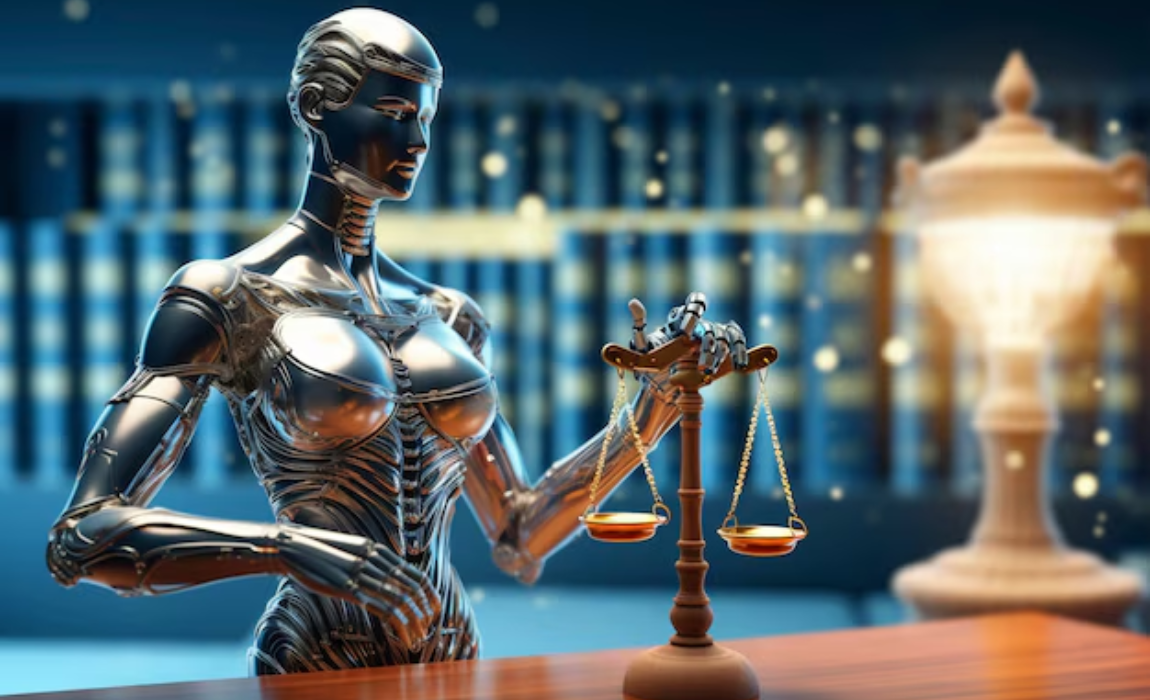
Justice in the digital age : courts, code and constitutional values
Introduction
The twenty-first century has pushed courts across the world to reimagine the very architecture of justice. Digital technology, once a facilitator of administrative efficiency, is now a defining pillar in how justice is delivered, accessed, and perceived. From online hearings and e-filing to algorithmic tools guiding judicial decisions, the question before us is not whether technology will shape justice, but how it will do so while staying faithful to constitutional values.
Courts Enter the Digital Arena
The pandemic accelerated the digitisation of India’s judiciary. What might have taken decades unfolded in a matter of months. Video-conferencing became the norm,
enabling litigants from remote corners of the country to participate in hearings without the burden of travel. E-filing of cases reduced paperwork, curbed delays, and allowed lawyers to file petitions at the click of a button. At one level, this transformation democratized access— bridging geographical barriers and offering a promise of speed.
Yet, digital courts also expose stark inequities. Access to stable internet, digital literacy, and affordable devices remain privileges for a few. For a farmer in rural Rajasthan or a daily wage worker in Bihar, justice through a screen is still a distant dream. The constitutional guarantee of “equal access to justice” risks dilution if technology becomes a new barrier rather than a bridge.
The Code of Algorithms
Beyond courtrooms, algorithms are steadily making their way into justice delivery. Tools for predictive policing, digital evidence analysis, and even sentencing guidelines are being experimented with across jurisdictions. Proponents argue that data-driven tools can reduce human bias, increase efficiency, and provide consistency in decisions.
But algorithms are not value-neutral. They are coded by humans, often trained on biased data, and operate in black boxes opaque to ordinary citizens. If a machine predicts a higher risk of recidivism for a certain community, is the judge to unquestioningly rely on it? And if such reliance denies bail or liberty, where do accountability and transparency lie? The “code” cannot become a substitute for constitutional morality. The judiciary, unlike machines, is meant to reason, weigh context, and reflect empathy—qualities not reducible to binary codes.
Constitutional Values in a Digital Courtroom
At the heart of this transformation lies the Constitution. Technology may alter form, but the substance of justice must remain anchored to fundamental rights. Article 21’s guarantee of life and personal liberty demands that digital systems respect due process. Article 14’s promise of equality requires that no citizen be excluded from justice due to digital poverty. Article 19’s freedoms must not be curtailed under the guise of technological efficiency.
Equally critical is the principle of open justice. Courts are not only sites of dispute resolution but also of public accountability. If proceedings move entirely to closed digital platforms, transparency may suffer. The Supreme Court’s initiative of live-streaming hearings is therefore not just a technological leap but a reaffirmation of the people’s right to witness justice being done.
Charting the Way Forward
The path ahead is to treat technology as an enabler, not a replacement, of constitutional justice. This calls for three commitments. First, digital infrastructure must be inclusive— courts must invest in access kiosks, legal aid centres, and regional language interfaces so that the digital divide does not breed a justice divide. Second, algorithmic tools must be regulated with robust safeguards—mandating transparency, independent audits, and judicial oversight. Third, continuous training for judges and lawyers is essential, not only in operating digital tools but also in critically interrogating their constitutional implications.
Conclusion
The digital age offers a rare opportunity to reimagine justice as faster, more accessible, and more transparent. Yet, it also poses profound risks of exclusion, opacity, and mechanisation. The challenge before the Indian judiciary is to harness technology without surrendering constitutional values at its altar. Courts must remain temples of justice, not factories of algorithmic outcomes. In the end, technology should serve the Constitution, not rewrite it.
